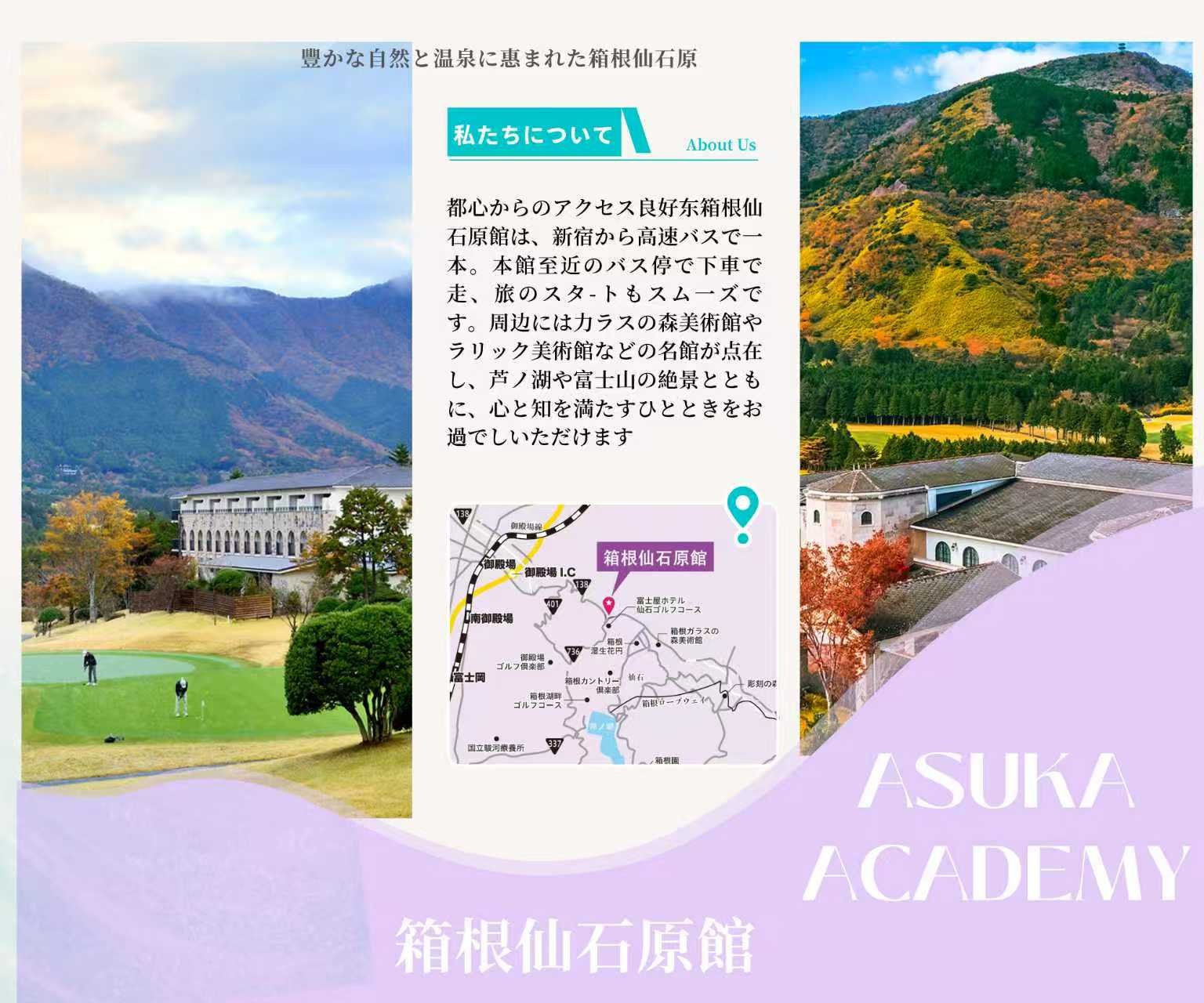The death of Taiwanese artist Barbie Hsu (Big S) in Japan has attracted widespread social attention. According to information from multiple sources, Big S did not seek medical treatment in time at the beginning of the flu, but treated it as a common cold, which delayed the critical treatment opportunity and eventually led to the aggravation of flu complications, which quickly deteriorated to the point of being life-threatening.
The flu caused death not because of medical technology defects, but because of missing the “golden 48 hours” intervention period. The medical community generally believes that if antiviral drugs can be used within 48 hours of the initial flu attack, the risk of death can be significantly reduced. But in the case of Da S, due to the delay in early diagnosis and treatment, the disease could not be controlled in time, which eventually led to the tragedy.
The death of Da S is not only a personal misfortune, but also reflects the public’s cognitive bias about the severity of influenza, especially the misjudgment and cultural adaptation problems of some Chinese when seeking medical treatment in foreign countries. Da S’s death could have been avoided, but her failure to seek medical treatment has given us many warnings.

Medical tips for Chinese people in Japan and Chinese tourists: How to deal with emergencies efficiently
For Chinese people living in Japan or Chinese tourists visiting Japan, it is important to understand Japan’s medical system, especially to be able to respond quickly and effectively when encountering emergencies. Here are some practical medical advice:
1. Recognize emergency symptoms
If you have a high fever of more than 38.5℃ and it lasts for 72 hours, shortness of breath, chest pain or blood oxygen saturation below 93%, or a severe cough with blood in sputum, you should seek medical attention immediately without delay.
2. Choose the right medical institution
Mild cases: You can go to a community clinic (klinik), but you need to clearly describe your symptoms and ask for referral if necessary. Severe cases: Go directly to the emergency department of a large hospital (emergency outpatient), no appointment is required.
Language barriers: Use a medical translation app or call a Japanese medical translation service hotline (such as the AMDA International Medical Information Center).
3. Dial 119 for emergency treatment: In Japan, in the event of an emergency, be sure to dial 119 and accurately describe the symptoms (such as “difficulty breathing” or “confusion”), which can help you get priority emergency services.
4. Understand local medical resources
In Japan, especially among foreign tourists, language barriers and cultural differences can lead to misunderstandings and delays in seeking medical treatment. It is recommended to download the Japan Official Travel App, which provides hospital search functions in English and Chinese to help find the nearest medical institution in a timely manner.
5. Carrying medicines and emergency preparation
When entering Japan, you can bring in up to 2 months of prescription medication (with a doctor’s certificate). Some over-the-counter medications (such as Loxonin S) are commonly sold in Japanese convenience stores to relieve initial cold or flu symptoms, but if symptoms do not improve or worsen, you should see a doctor as soon as possible.
6. Importance of medical insurance
National health insurance in Japan can cover most medical expenses (about 70%), especially emergency expenses. If you live or work in Japan for a long time, it is recommended to join the national health insurance to reduce the financial pressure in case of sudden illness. At the same time, high-end medical insurance can provide emergency medical transfer services to help deal with emergencies that cannot be treated locally.
The current state of Japan’s medical system: From refusal to see a doctor at a small clinic to emergency treatment
Japan is well-known for its highly developed medical system, but its efficiency and speed of emergency treatment often confuse foreign patients and Chinese. In Da S’s case, the delay and improper treatment of the disease exposed some deep-seated problems in Japan’s medical system.
1. Limitations of small clinics and the phenomenon of refusal to treat patients:
Japan has a strict hierarchical diagnosis and treatment system, and community clinics undertake most of the initial diagnosis work. Japan’s medical system is highly dependent on the division of labor between small clinics and general hospitals, but many small clinics do not have emergency treatment capabilities. If the patient’s condition is more complicated, many small clinics will refer the patient to a large hospital, or simply refuse to treat the patient. Behind this practice is actually an avoidance of “responsibility”, because if it is not handled properly, the doctor or clinic may face huge legal risks. Therefore, small clinics sometimes prefer to let patients choose whether to transfer to another hospital, rather than taking the responsibility of treatment.
2. The efficiency dilemma of large hospitals
Japanese hospitals are known for their expertise in chronic disease management and refined treatment, but they are unable to cope with emergencies. Emergency department resources are limited, and patients may have to wait for a long time or even be sent home after simple treatment. The fact that Da S was only prescribed common medicines during her initial visit is a reflection of this efficiency dilemma.
3. Lack of responsibility for misdiagnosis
In Japan, it is difficult to hold patients accountable for medical accidents, and it is costly for patients to protect their rights. Although this system design protects doctors, it also causes some medical institutions to be overly conservative or even perfunctory in diagnosis. In Da S’s case, the hospital prescribed common drugs, but this did not solve the cause of the disease, but missed the best time for treatment. In contrast, in other countries, misdiagnosis may lead to medical disputes, and the responsibilities between patients and hospitals are more clearly defined, while in Japan, such misdiagnosis may not receive enough attention.
Blind spots in Japan’s emergency medical care: chronic disease care vs. emergency response
Japan’s medical system is indeed a global leader in chronic disease management and preventive medicine, but its ability to respond to emergencies has been criticized. Data shows that the average time from onset to treatment for acute myocardial infarction patients in Japan is 120 minutes, far exceeding the international standard of 90 minutes. This “slow pace” is an advantage in the treatment of chronic diseases, but it can be fatal in emergency treatment.
For Chinese people and tourists in Japan, it is particularly important to understand this feature:
Japan is suitable for the treatment of chronic diseases, but not for the treatment of sudden emergencies.
In an emergency, you should decisively choose the emergency department of a large hospital to avoid wasting time in a small clinic.
Be cautious about your doctor’s diagnosis and seek a second opinion when necessary.
Health management and the promotion of global transnational medical awareness
The tragedy of Da S reveals a potential problem of the transnational medical system: even in a country with the highest medical level in the world, the medical system still has blind spots that are difficult to ignore when dealing with emergencies. Especially for Chinese tourists in Japan, they should not only understand Japan’s medical resources, but also have enough health knowledge to avoid tragedies caused by delayed treatment.
In today’s globalized world, the differences between medical systems are becoming more and more significant, especially the gap in emergency treatment. Big S’s tragedy is a profound reflection on global health concepts and medical safety. For Chinese people and tourists in Japan, how to adopt the right response strategy when sudden health problems occur and how to find the right treatment channels in Japan’s medical system are not only related to personal health, but also a topic that each of us needs to reflect on and learn.
Through this incident, it is not difficult to find that in foreign medical environments, each of us has the responsibility to improve our health awareness and emergency response capabilities. In the case of high incidence of seasonal diseases such as influenza, understanding the medical process and emergency knowledge in advance, seeking medical treatment as soon as possible, and avoiding delayed treatment are the most effective ways to protect the health of yourself and your family.




